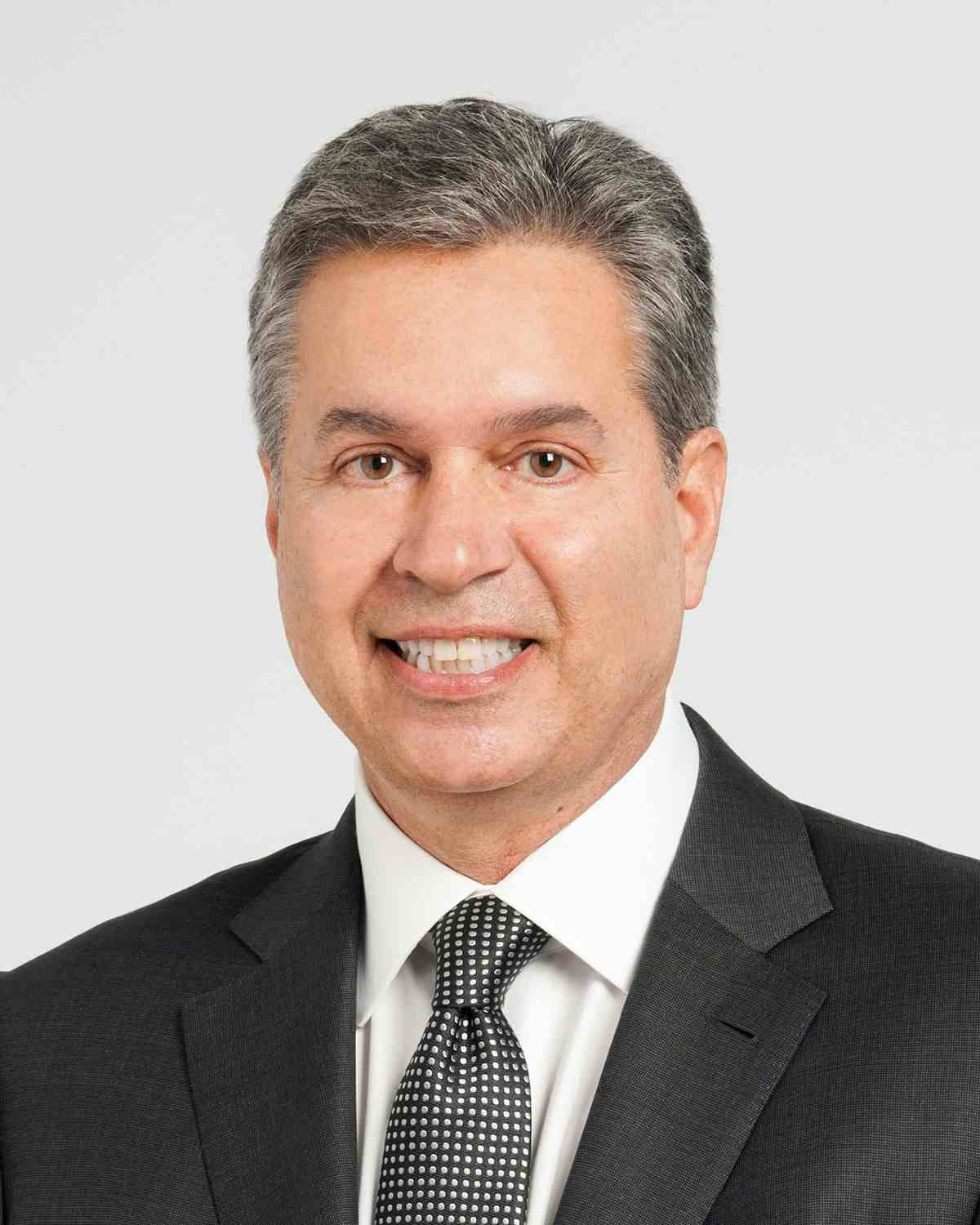Medication reconciliation drives readmission reduction strategy
Experts are paying closer attention to medication reconciliation as a means to curb cost, but providers are finding the implementation isn't always easy.
NATIONAL REPORTS-Experts are paying closer attention to medication reconciliation as a means to curb cost, but providers are finding that the implementation isn't always easy.
"Medication reconciliation has assumed new importance over the last decade, as an increasing number of patients have been prescribed multiple prescription medicines," says Nick McNeill, senior health policy associate, NEHI, a not-for-profit, health policy institute.
He says that a patient's lack of understanding of the medications he or she should be taking can lead to medication errors, adverse drug events, hospital readmissions, and other negative outcomes that increase costs. New care models including comprehensive medication reconciliation before discharging a patient home or to other outpatient settings can help control costs today and in the future.
But implementing a program can be difficult. McNeill says that providers face challenges compiling a truly accurate list of a patient's medications prior to hospitalization. The process can involve contacting family members, primary care doctors and pharmacists for the right information. Oftentimes, multiple prescriptions will be prescribed by various doctors who may not communicate with one another.
"Medication reconciliation may also not be done because certain practice disciplines are constrained by state scope-of-practice rules," McNeill says. "For example, nurses may or may not be authorized to prescribe or re-prescribe medications based on a medication reconciliation done in the home."
In addition, hospital staff experience some of the same difficulties, he says. For example, the Joint Commission required hospitals to implement formal medication reconciliation practices in 2006. Since then, the Commission has suspended the requirement twice due to implementation hurdles.
McNeill says that there is no "on-size-fits-all" solution. That is, no one payment mechanism can ensure that medication reconciliation is done on a more regular basis.
"A more systematic approach to medication reconciliation and good regimen design would require the circulation of timely and accurate data through health information technology and supportive payment policies that allow doctors or other providers-including pharmacists-the financial and logistical resources to properly review patient medication regimens," he says.
CORE ATTRIBUTES
McNeill cites five core attributes that new models of care have in common:
● Accountability for essential medication-related tasks, in which care coordinators own the medication management process;
● Teamwork to actively coordinate disparate health care professionals, both inside and outside the hospital and in the broader community;
● Medication reconciliation at the hospital and in the home to reconcile medications the patient might be taking which are unknown to hospital staff, discharge planners and primary care providers;
● Direct engagement with the patient and with family caregivers to teach, counsel and motivate them regarding appropriate use of the patient's medications; and
● Follow-up after discharge with the patient and key care providers -such as the hospital, primary care physician and pharmacist-to provide feedback on the patient's progress.
In spite of best intentions, providers struggle to apply these core attributes in a real-world setting. McNeill says that providers are being asked to do more in less time.
Most clinicians have 10 to 20 minutes with patients. It isn't enough time to complete the requirements for successful medication reconciliation in addition to the five other core attributes, as well as completing non-medication related care services.
"I would recommend that the provider keep the patient in the forefront of their thinking," he says. "These new transitional care models aim for a high level of 'patient-centeredness.'"
He says that clinical results and outcomes should be driven by patient goals that may influence which medications are prescribed, how they are dosed and administered and what their goals are after they leave the hospital.
"Coordination of care is essential," he says. "Teamwork between team members from multiple disciplines-nurses, physicians, hospital and community pharmacists and others-based on which professionals are available with the right skills, at the right time, at an appropriate cost, is absolutely crucial."
Premiums for Employer-based Health Insurance Increased by 7% in 2024, Says KFF Report
Published: October 9th 2024 | Updated: October 9th 2024The 2024 increase is the same as last year's increase for family coverage. The foundation’s annual survey of employer health benefits also found that only 18% of large employers (200 employees are more) are covering the GLP-1 weight loss drugs.
Read More
Doug Chaet of Value Evolutions Discusses Value-based Payment Models, Where They Stand and More
September 29th 2022In this episode of Tuning In to the C-Suite, Managing Editor of Managed Healthcare Executive, Peter Wehrwein, speaks with President of Value Evolutions and MHE Editorial Advisory Board Member, Doug Chaet, FACHE, about value-based care's current standing, the status of select payment models like bundled and episodic, and more.
Listen
Florida Gets the OK. But Will Drug Importation from Canada Actually Happen?
March 5th 2024Canadian health officials warn that maintaining a drug supply for Canadians is their priority. The staunch opposition of the U.S. pharmaceutical industry may also be an obstacle to imports from north of the border.
Read More











